Share Link – a personalized URL providing 50 days' free access to the article. Anyone clicking o
- Regina Barros
- 4 de jan. de 2018
- 2 min de leitura
Renewable Energy
Volume 120, May 2018, p. 524-535
Eruin Martuscelli Ribeiroa, ,
Regina Mambeli Barrosb, , ,
Geraldo Lúcio Tiago Filhob, ,
Ivan Felipe Silva dos Santosd, ,
Luma Canobre Sampaioe, ,
Ticiane Vasco dos Santose, ,
Show more
https://doi.org/10.1016/j.renene.2018.01.005
Get rights and content
Highlights
GHG emissions impacts assessment was evaluated using the IPCC methodology.
The economic viability of energy generation from manure of laying hens biodigestion.
Six scenarios were evaluated in the framework of ANEEL 482/12 and. 687/15 resolutions.
Tax modality of presumed profit, internal energy use, and sale of surplus energy was the most promising scenario.
Farms with more than 100,000 birds presented good probability in simulations.
Abstract
Intensification and mechanization of agricultural activities have brought numerous benefits, among which, is the increase in food production. However, waste generation from animal has also increased tremendously. Creation of laying hens in cage system produces many wastes, which must be removed daily. This is important for the cage and farm environmental protection; which should be properly managed to ensure public health protection. In the pursuit for effective management, by using experimental data of a chicken farm in Itanhandu-MG, Brazil, the possible production at national level, of electric energy by anaerobic digesters from dejections collected in laying hens cages. In the present study, the GHG emissions impacts assessment, by tCO2eq, in the COP21 from Paris 2015 context was evaluated using the Intergovernmental Panel on Climate Change (IPCC) methodology. For the economic viability of these wastes in energy generation, six scenarios of ten years were evaluated, all resulting from the combination between scenarios with and without funding, and with or without internal use of electrical power generated, but with real and presumed profit (in the framework of ANEEL no. 482/2012 and no.687/2015 resolutions) on micro-generation distribution. In all scenarios, energy was considered available to the Brazilian National Interconnected System (SIN), according to the 5th auction average price in 2015. The annual emissions avoided by methane burning and subsequent electricity generated was of 8.02 million of tCO2eq and 38.4 thousands of tCO2eq, respectively. Farms with more than 100,000 birds presented good probability in simulations of certainty, with regards to expected financial return. The most promising scenario was C6, tax modality of presumed profit, internal energy use, and sale of surplus energy (it would be also considered as credit on the next account), with financing of invested capital.
Keywords
laying hens manure;
biogas;
greenhouse gases;
economic feasibility



Comments